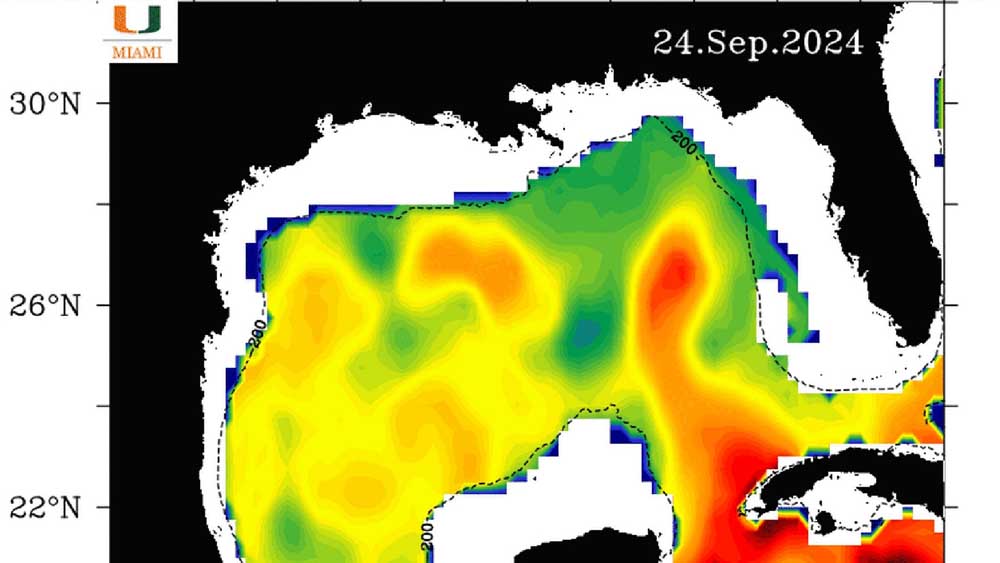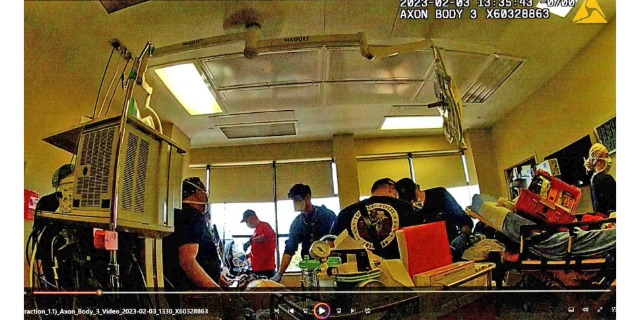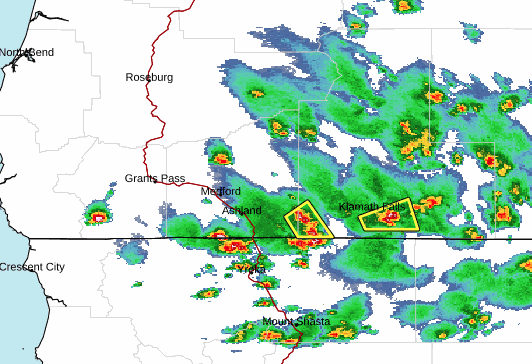How a red-hot patch in the Gulf could make Hurricane Helene stronger as it nears Florida
Published 5:00 pm Tuesday, September 24, 2024

- A satellite map of the Gulf of Mexico reveals the “loop current,” a hairpin curve of hotter than usual water that could help grow future Hurricane Helene into a Category 3 storm. (University of Miami/TNS)
MIAMI — Tropical Storm Helene is set to enter the Gulf of Mexico Wednesday afternoon. From there, it’s on a dead sprint to go from tropical storm to Category 3 hurricane — or stronger — in just over 24 hours.
Trending
Getting to major hurricane status takes a lot of hurricane fuel, and Helene has what might be the perfect buffet laid out in the Gulf: the loop current.
Visible by satellite, the loop current is the rush of hot Caribbean water that pushes into the Gulf between Cuba and Mexico. It bends toward the southwest coast and then whirls around east, forming a hairpin turn before swooping back out into the Atlantic via the Florida straits.
“It works to focus the warmth on this one place. All the surface water is flowing into this one bend,” said Ryan Truchelut, head meteorologist for Tallahassee-based WeatherTiger, a private weather forecasting service. “The key here is not only is it very warm, but that warmth is much deeper than other places in the Gulf.”
Trending
What makes the loop current such good hurricane fuel is that its hot waters aren’t just at the surface, they’re hundreds of feet deep. And the extra salty Caribbean waters mean that the layers of hotter water don’t mix well with the slightly colder waters beneath.
So when storms churn through the current, they can keep drawing in new, hot water for a good bit longer than other areas of high sea-surface temperature ocean.
Several storms have grown intense over the warm waters of the loop current, including, infamously, Category 5 Hurricane Katrina in 2005.
In his newsletter, Truchelut compared how intense the loop current was ahead of Category 4 Hurricanes Idalia and Ian to its status this week. They look similar, his graphic showed.
“What’s really worrisome about this one is it’s not crossing a loop current, it’s going parallel to it,” Truchelut said. “The more it goes straight over the loop the more potential there is.”
“It tilts the odds more in the favor of rapid intensification.”
Rapid intensification — the formal name for when a storm’s maximum winds get at least 35 mph faster within 24 hours — requires several factors to align before it happens. Hot water is an important one, but it isn’t everything.
Investigating the current
Nick Shay, a professor of ocean sciences at the University of Miami Rosenstiel School of Marine, Atmospheric, and Earth Science, has been studying the loop current for nearly 30 years. He noted that the current is sometimes stronger or weaker in different times of the year.
“The big problem occurs when loop current intrusions are in phase with hurricane season, like they are this year,” he said. “It’s well-engaged right now.”
Shay’s research team plans to release floats and air-sea buoys in the Gulf of Mexico this week ahead of Tropical Storm Helene, part of a National Academy of Sciences grant to better understand how the loop current affects hurricanes and nearshore marine conditions. The devices are remote sensing, meaning they can send information in near-real time to Shay and his team.
After 25 years of monitoring the loop current via satellite, Shay said there are still big and little questions to be answered about how it impacts everything from coast guard rescue plans to the movement of cruise ships to strengthening hurricanes.
One big open question, he said, is how climate change could be affecting the current. Overall, most scientists are confident that human-caused climate change has warmed the ocean, including the Gulf of Mexico. But whether that applies to the loop current has been hard to pin down.
“We don’t know how much climate change is affecting the path of the loop current, the eddy shedding of the loop current, the frequency of it, how deep the water goes or how strong the current is,” Shay said.








